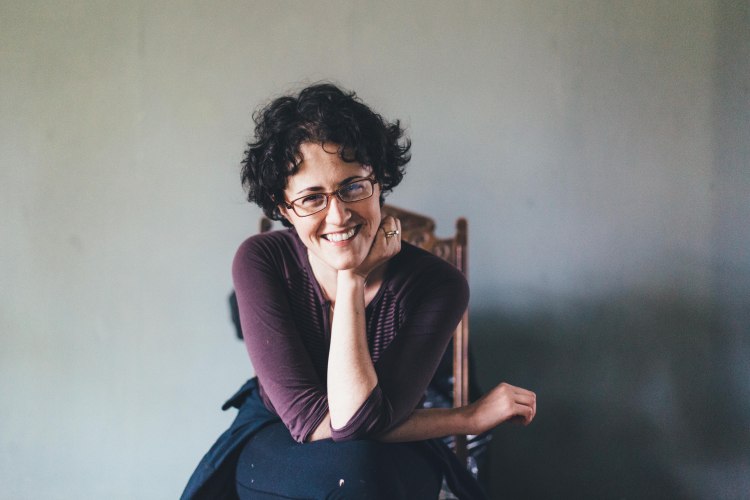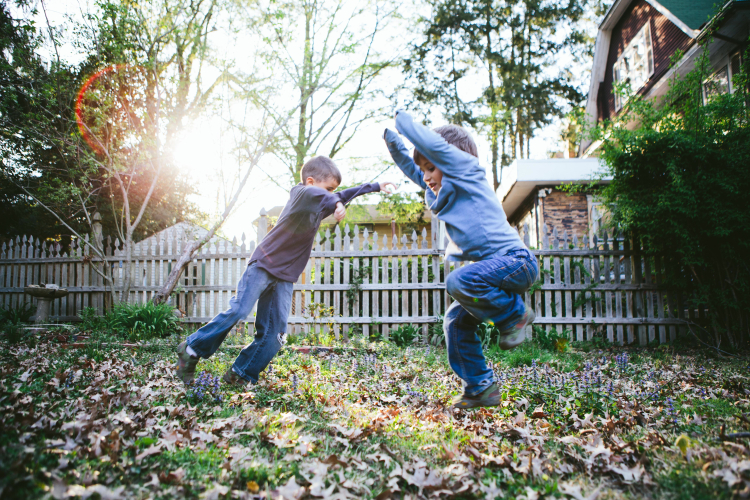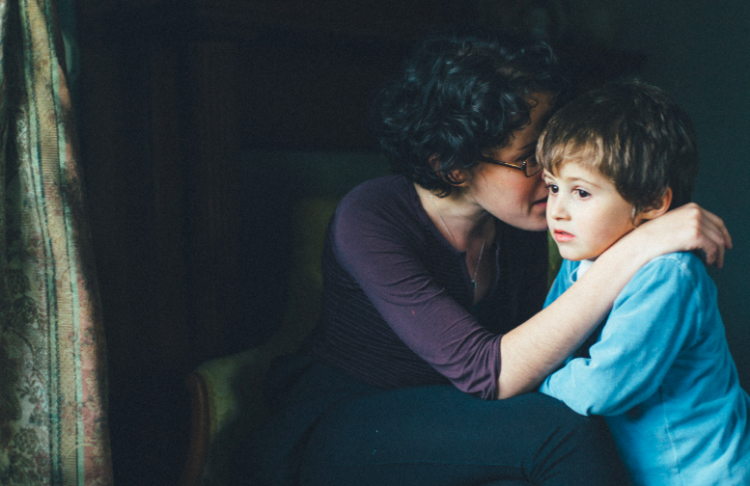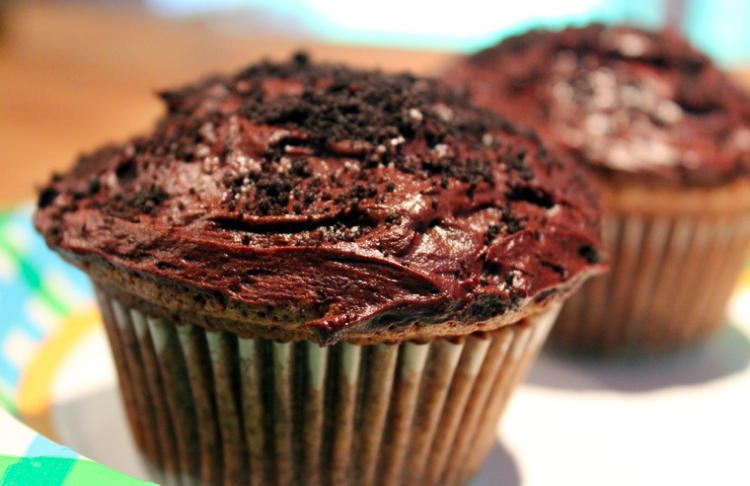This post is long overdue, though I don’t kid myself that it’s long awaited by anyone, or anything like that.
Blogging, at one time, was a wonderful thing for me. And it remains a wonderful thing for lots of people.
But blogging was always supposed to be a part of a larger writing life for me. And indeed, blogging led me to a larger writing life. In some ways, it was a means to an end, which is not to diminish the blogging itself. The means were pretty valuable.
Still, in order to do the kind of writing that feeds my soul, and, I believe, to do the kind of writing I’m called to do — the kind of writing I want to do — it became important that I stop blogging.
One thing I’m doing while I’m not blogging, is, for example, editing an updated version of the classic Mennonite More With Less cookbook. You can keep in touch with how that’s going by clicking here.
I’m not dropping off the face of the Internet. I’m just going to be using it in different ways. The usual suspects, of course:
and other places around the web, including at the Washington Post, Christianity Today, The Christian Century, The Englewood Review of Books, Books and Culture, InTouch and more.
And I’ll be speaking here and there. Follow me on these-here social media thingies to find out where.
In case you weren’t paying attention:
I post a lot of cat pictures. And pictures of books.
Time may come when I’ll use this ol’ blog again regularly as a commonplace book: a place to collect favorite quotations and sources, to jot down thoughts.
For now, though — as for a while now — this particular plot is going to lie fallow.
Fallow sometimes means fruitful. It just doesn’t always look that way.
Peace,
Rachel







